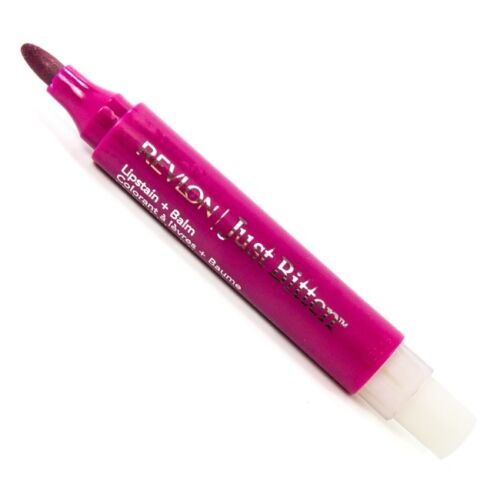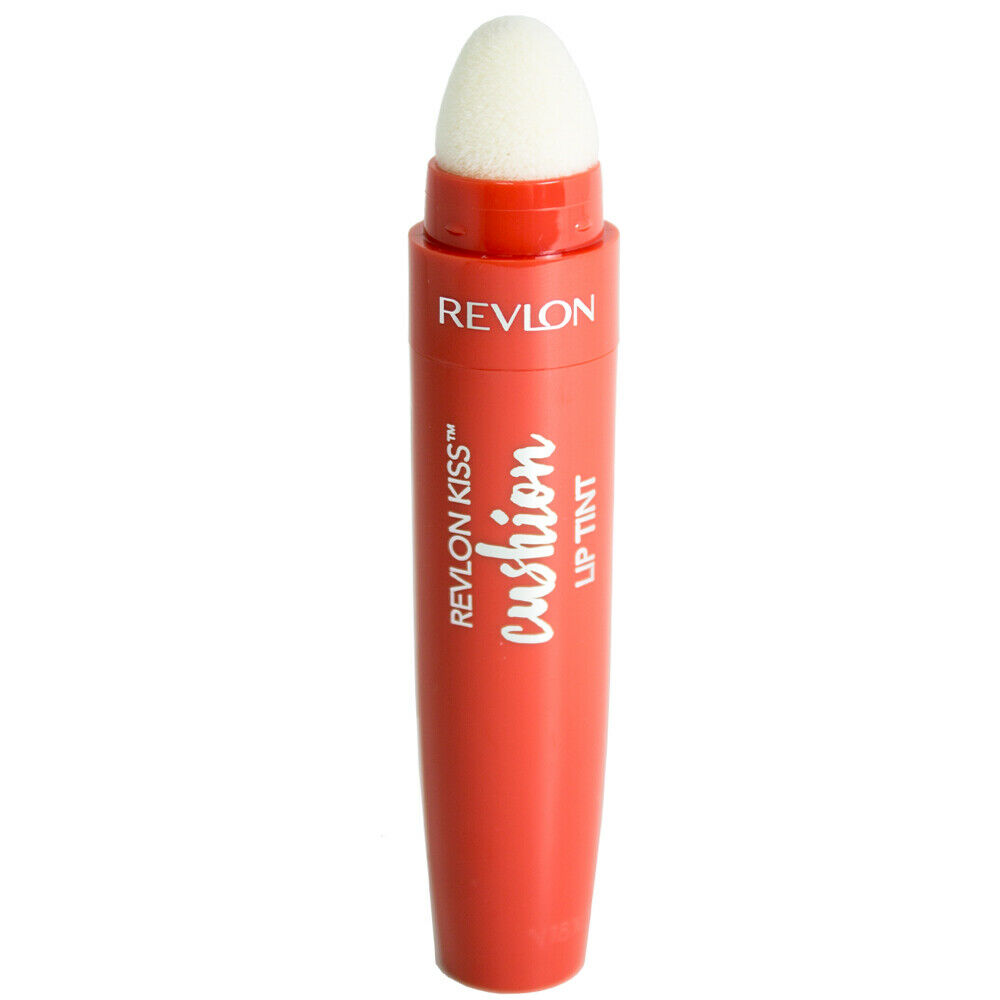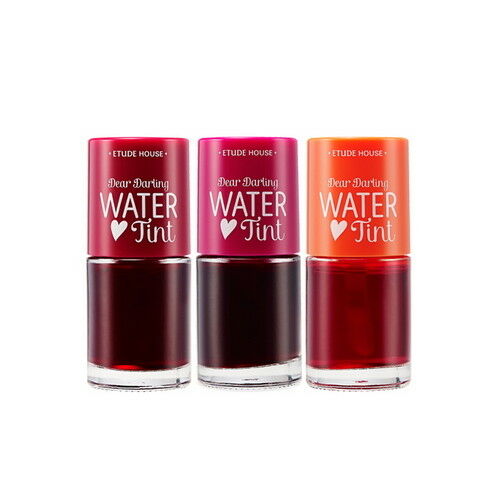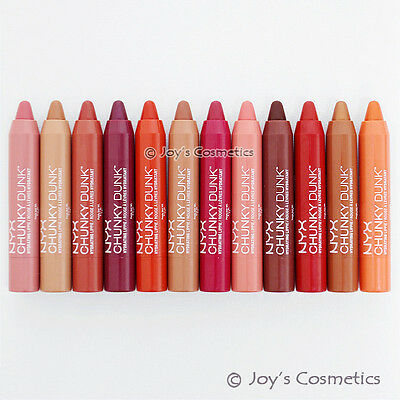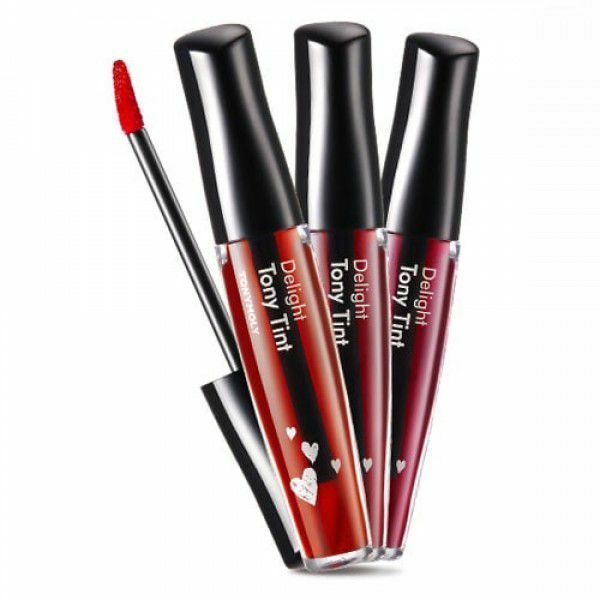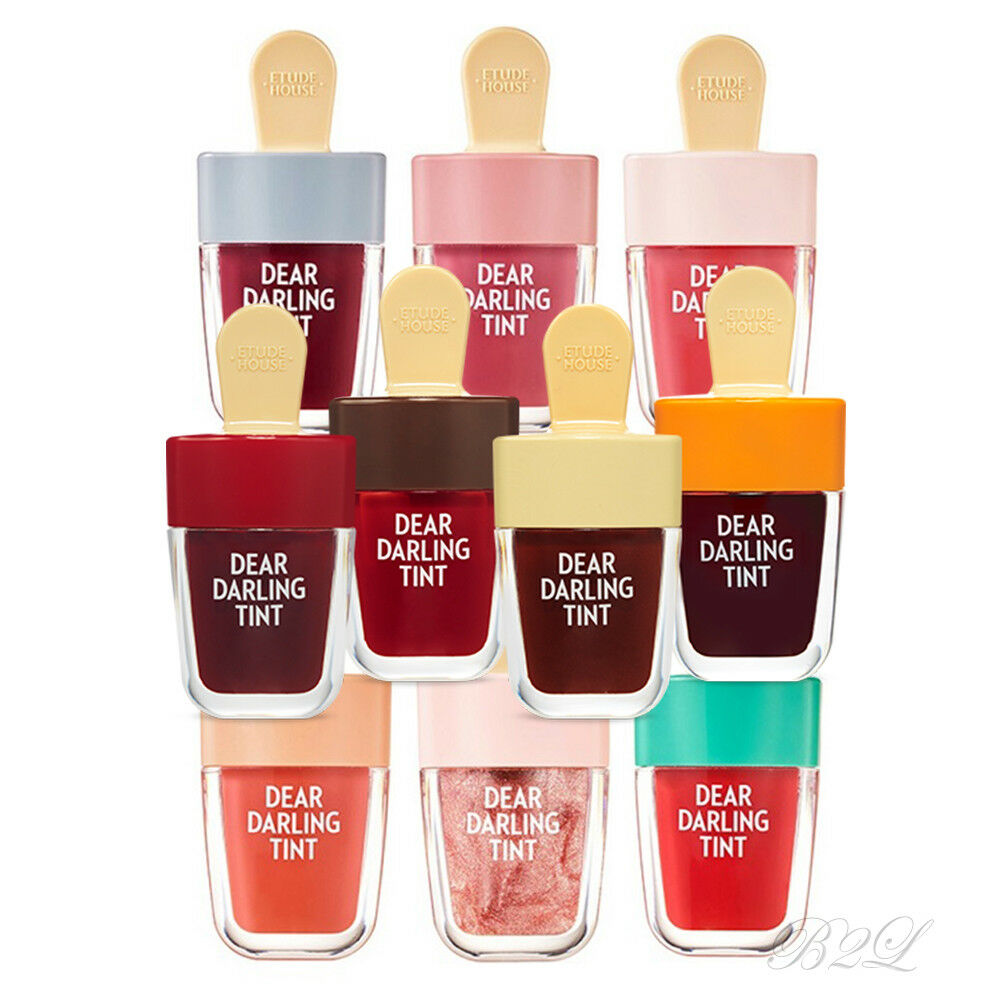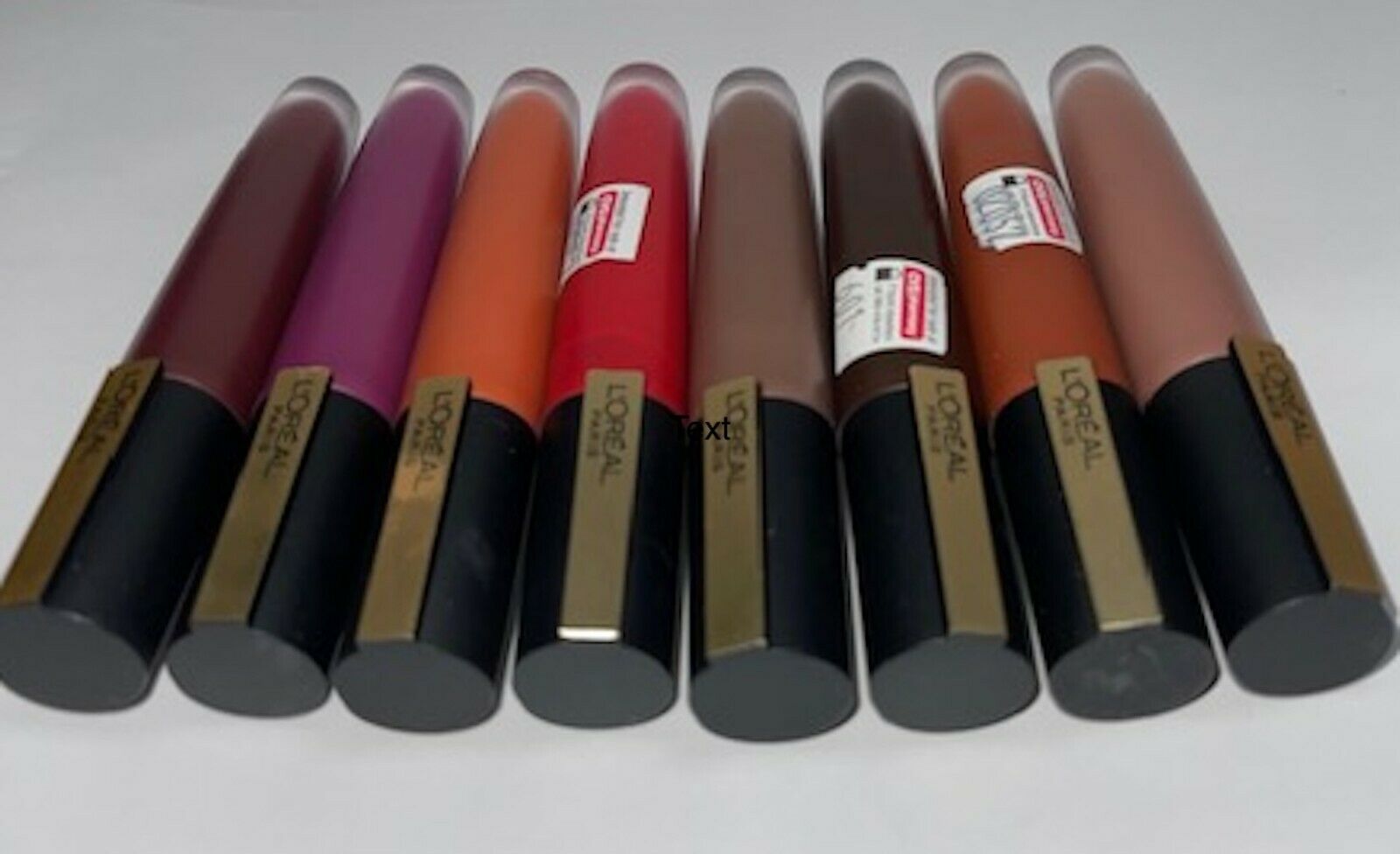-40%
Tarte LipSurgence Power Pigment in Blushing Bride - NIB - Very Rare!
$ 13.18
- Description
- Size Guide
Description
A sleek, skinny version of tarte’s LipSurgence lip tint that delivers bold color and a burst of moisture in one twist-up, precision lip pencil.In Blushing Bride (a rosy pink).
Brand new, fresh!
Full size in original box. Bought directly from Tarte!
COPYRIGHT NOTICE:
ALL IMAGES AND TEXT IS OURS!
Under Fair Use, trademark and copyrighted allows a seller to use the name and a picture of the item they were selling. For example: If you are selling a Lancome or Dior Mascara you can say “This is a Lancome or Dior mascara” without infringing on the trademark. International law is consistent on these issues. All descriptions and pictures are taken with my camera and written up on my computer. The Lanham Act also specifically recognizes the “fair use” of a company’s trademark. The Fair Use Doctrine grants the use of a trademark under certain conditions. Copyright laws: Copyright law, like trademark law, grants a lot of exclusive rights to the holder of the copyright. It also states specific exceptions. The First Sale Doctrine is an important part of trademark law. Without it, owning something would be VERY complicated. The First Sale Doctrine says that once the owner of a copyrighted item sells it, or gives it away, the owner can no longer control what is done with the item. If that were not the case, you could not repaint your car, have a garage sale to get rid of junk, or donate that old computer to the charity. The First Sale Doctrine prevents the copyright owner from interfering with your use, alteration, and subsequent disposal of something you bought or received as a present. Suppose you purchased a coloring book manufactured by Disney and your child colored a picture making the Lion King purple. Should Disney have the right to have you arrested because your child didn’t use the correct colors? No. They lost control of that coloring book when you bought it. In short, fair use permits others to use a protected mark to describe aspects of their own goods, provided the use is in good faith and not as a mark. See 15 U.S.C. § 1115(b)(4) . That is precisely the case here. The “offending” use described is merely fair use to describe the product(s) offered for sale. The fair use doctrine permits use of a protected mark by others to describe certain aspects of the user’s own goods. See CarFreshner Corp. v. S.C. Johnson & Son, Inc. , 70 F.3d 267, 270 (2d Cir. 1995).


